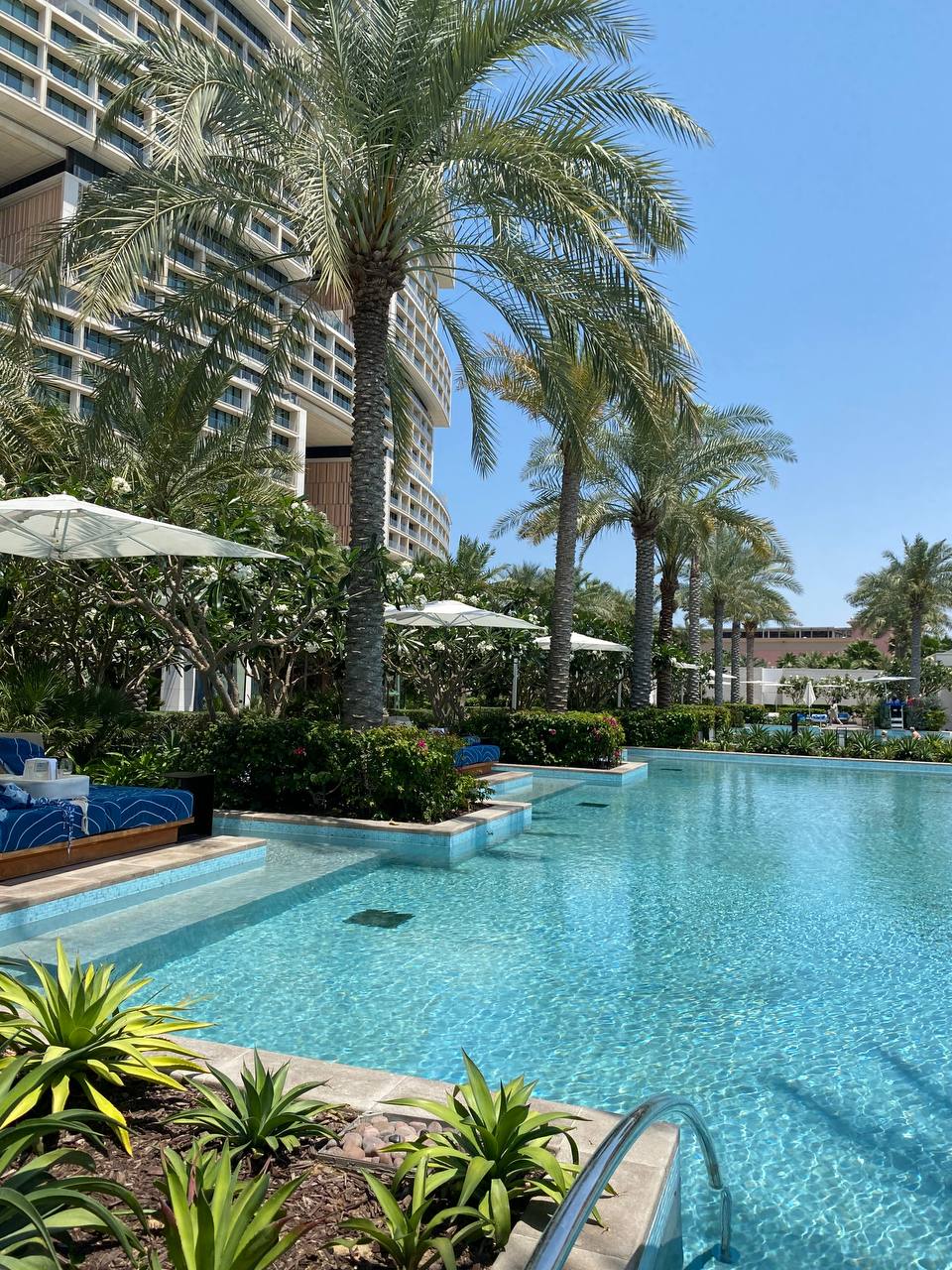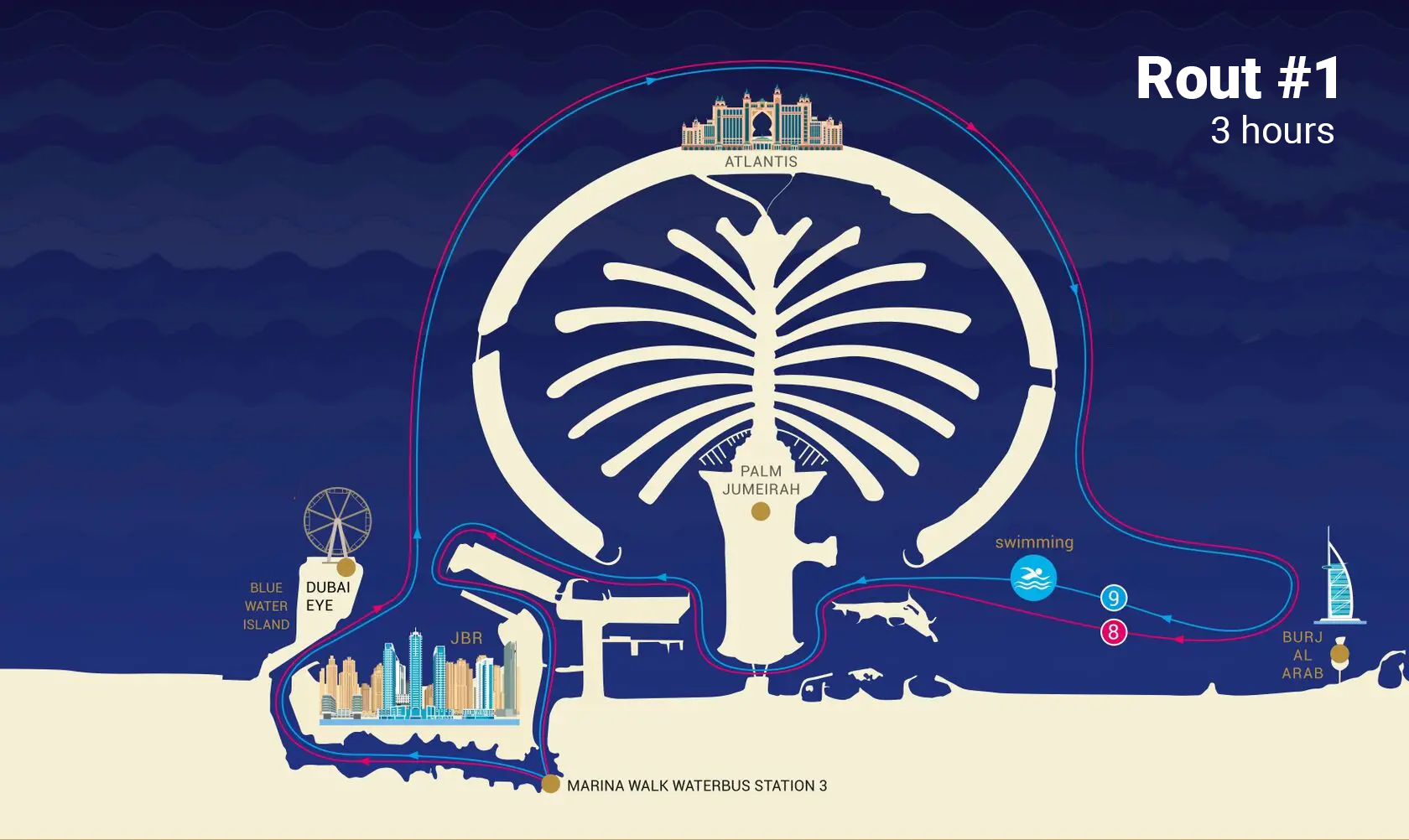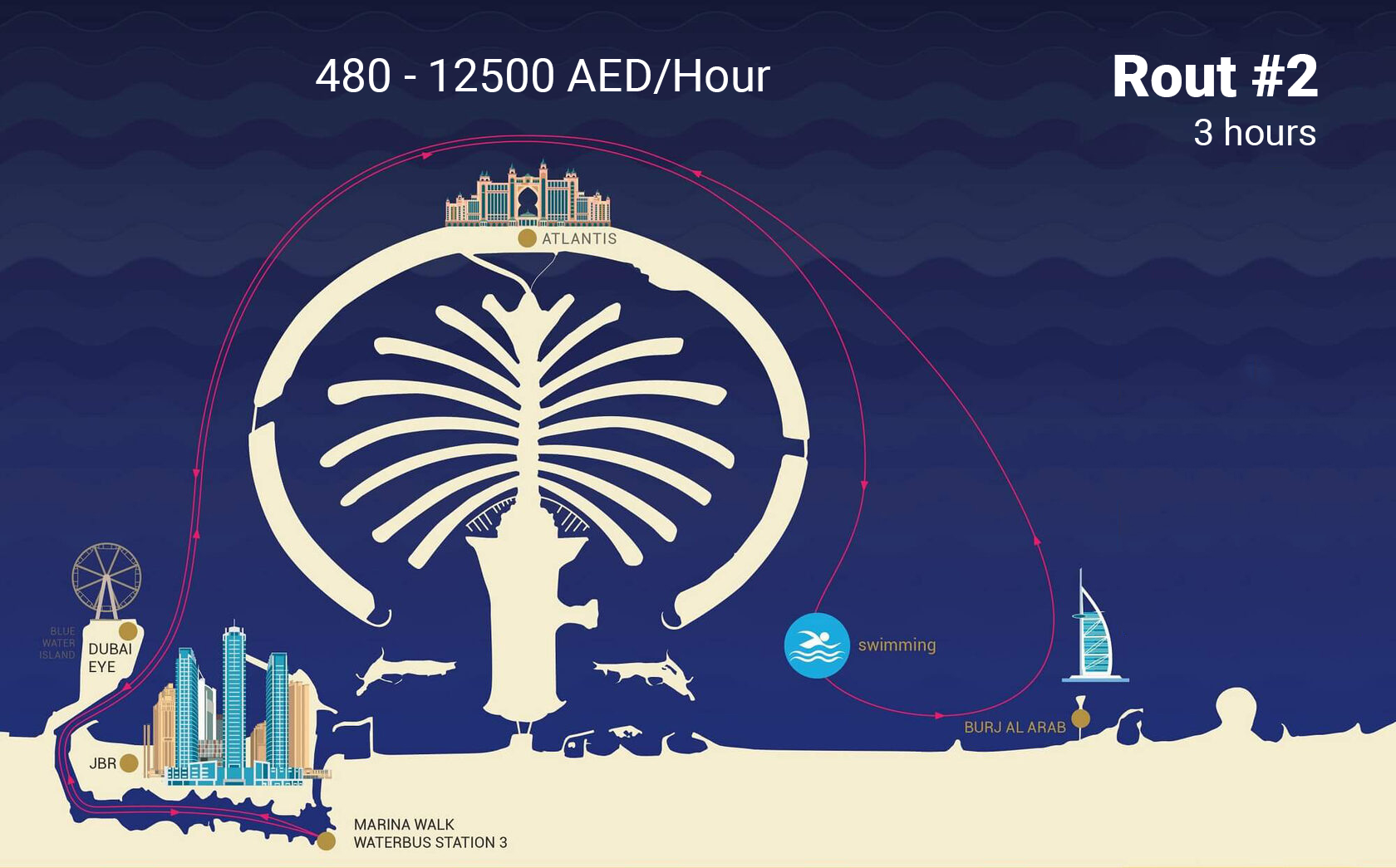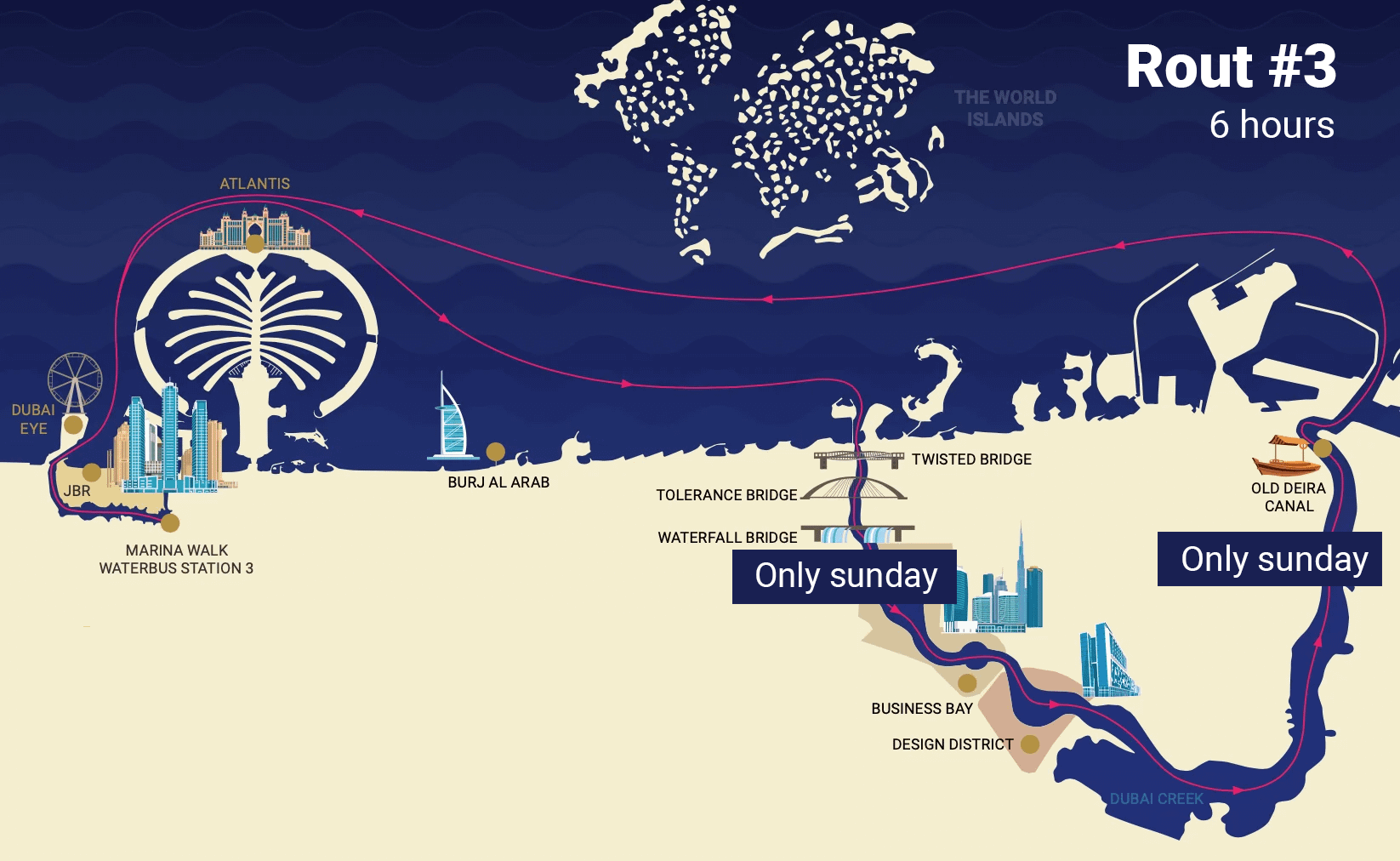Fishing Sport: How to Choose the Best Boat
“Big game fishing” or “Sport fishing,” which became popular primarily in the United States in the late 1950s, changed the perception of classic fishing. It was not just a hobby, but a real sport that required skill, physical endurance, composure, and a passion for winning.
The emergence of high-speed and seaworthy boats equipped with reliable engines fueled this fishing boom. Spinning for large fish in the open sea is a hours-long battle with sea giants.
Entry fees can reach $200, but prizes are often even more impressive — winners can receive up to $40-50 thousand. Even if the only reward is the right to immortalize their name on a rotating trophy, the number of participants is usually limited, as there are many who want to compete with powerful sea predators.
The caught fish is often immediately weighed and sold. Restaurant owners in Florida and California eagerly buy trophies from the “shark derby.” Thus, sport fishing combines competition, trophy hunting, and a profitable business.
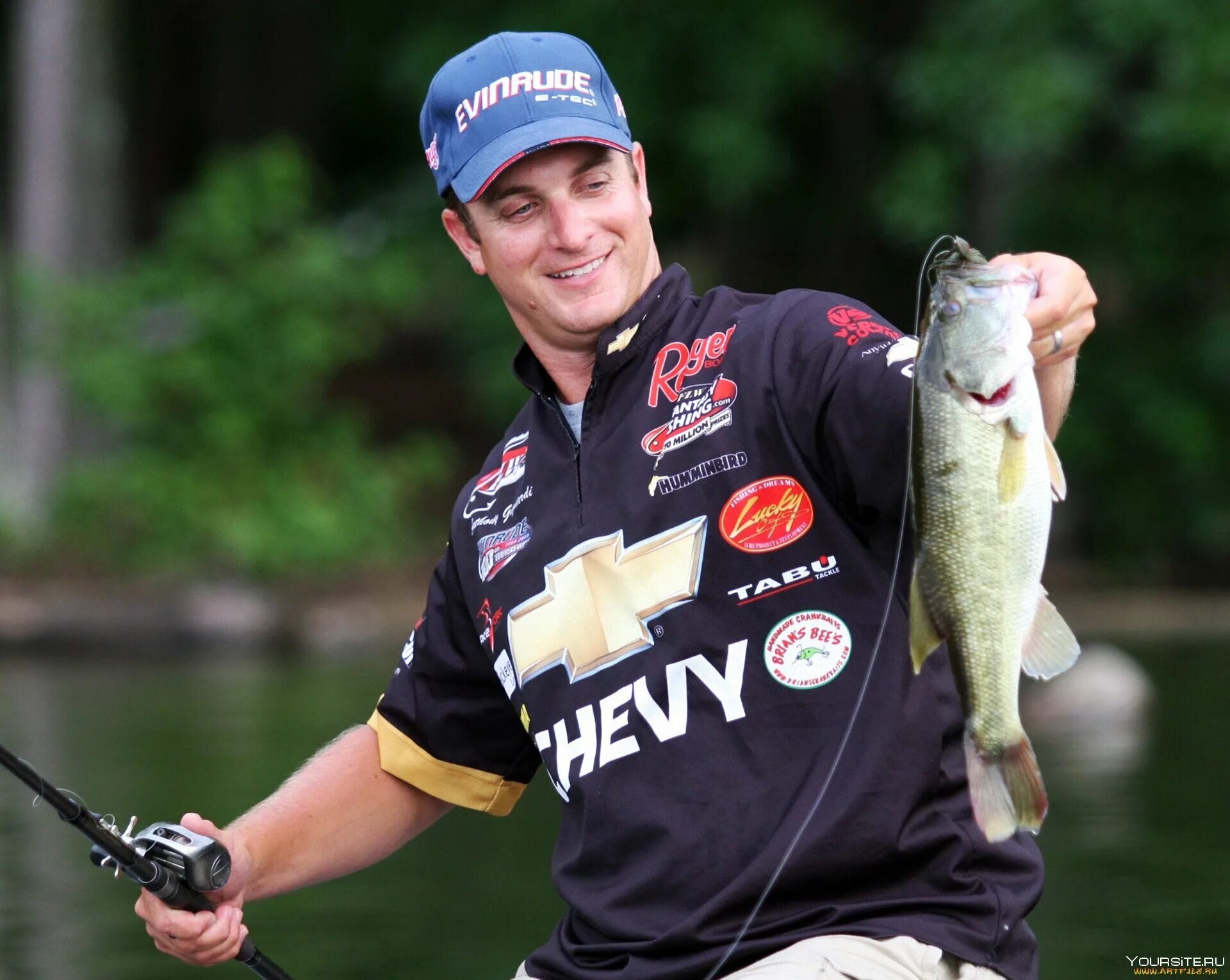
Characteristics of choosing a boat:
1. Speed is of the essence
Fishermen often venture into the open ocean for up to 200 miles, chasing large fish. The speed and seaworthiness of the boat become key factors for success.
To quickly reach the fishing spot, locate and catch large fish, such as a shark capable of reaching speeds of up to 37 km/h, and get away from it, a high-speed and maneuverable boat is necessary. Often, speed determines the outcome of competitions. As a result, the crew of the fastest boat usually wins, as they have more time for fishing due to shortened travel times.
Special attention is also paid to the behavior of the boat at low speeds, for example, when towing bait. At the moment of strike, the boat should help the fisherman win the battle with the fish, requiring excellent maneuverability and control in both forward and reverse. It is important for the boat to be safe, stable against roll, and have a smooth roll even in large waves.
Special requirements are also placed on the ergonomics of the boat: spacious passages along the sides, sturdy railings, and other safety elements make the fishing boat not only an effective fishing tool but also comfortable and safe for the angler.
2. Boat size
Modern fishing boats can be divided into three types:
1) Small boats with a central console (control post).
2) Open boats with a sheltered cabin at the bow
3) Cabin cruisers, large boats
For sport fishing, the first option is preferred, they are the cheapest and even faster due to their small size (up to seven meters). In the text further, we will refer to them as “console boats.” The cost of a fishing boat with a central console without a motor starts at $1500.
The design of fishing boats depends on the fishing conditions and the size of the vessel.
For lakes and sea bays, boats up to 5.5 meters with sharp-stern hulls are used. For fishing on ocean banks and shallows, larger boats ranging from 5.5 to 6.5 meters with moderate keel drafts are preferred. For large open sea boats, the keel draft is increased to 20°, but reduced to the usual 12-14° at the stern.
However, there are no special “fishing” hull shapes. Both regular seaworthy boats with moderate keel drafts and boats with various modifications of trimaran hulls are used. The main task of the designer is to create a spacious, stable, and unsinkable “platform” for the angler, and then ensure high speed and maneuverability in rough sea conditions.
3. Materials and features of a fishing boat:
A characteristic feature of these vessels is the central console — a control panel located in the center of the open cockpit. This layout provides the driver with excellent visibility, necessary for finding fish, maneuvering, and fighting large catches. The console also allows the angler to move freely around the boat during fishing.
The console also allows the angler to move freely around the boat during fishing without interfering with the control panel. Another feature of “console” fishing boats is the raised bow platform, which is used for long casts with a spinning rod. The space under the platform is used for storing fishing gear and equipment. Such boats also feature non-slip decks, self-bailing cockpits, and a floatation system, making them safe and stable in open sea conditions.
Fishing boats, especially small ones, are often made of fiberglass, providing high strength and rigidity at a low weight. The hulls are hand-laminated from several layers of fiberglass mat and epoxy resin, while the inner shell – deck with cockpit and platform – has a three-layer construction with a lightweight balsa filler. This construction makes the boat more stable, especially when combined with placing the fuel tank in the inter-hull space.
Tuna towers are becoming increasingly popular, even on small boats. They allow anglers to see fish better from above and control the boat’s maneuvers during fishing. Tuna towers are usually made of lightweight and durable tubes and equipped with an additional control panel with duplicate instruments.
Modern fishing boats are distinguished not only by their speed and seaworthiness but also by special equipment designed for the comfort of anglers. One characteristic element is outriggers – fishing rods at least 5 meters long, used for side deployment of fishing lines when fishing with two or more tracks. Outriggers can be folding or fixed, similar to a yacht mast, with a device for automatic return to the operational position.
Deck equipment and essential items are designed to prevent tangling lines. Insert fish boxes are used for storing fish, and bait tanks are built into the transom. All this makes fishing boats more functional and comfortable for use in sports fishing conditions.
Fishing boats of the second type, with a cabin, are usually larger and intended for long trips into open sea. They differ from “console” boats by having a traditional control panel on the right side and often feature an additional control station on the cabin roof for better visibility. Such boats often have tuna towers, special fishing chairs, live bait wells, and crane beams for lifting large fish.
Stationary motors are often used as engines, providing high speed and power. The cost of such boats is significantly higher than the cost of “console” models, but they offer more comfortable conditions for extended fishing trips.
4. Engines:
The appearance of lightweight diesel engines has revolutionized fishing boat construction. Previously, diesel engines were only used on large vessels because they were heavy and expensive. Now, diesel engines are installed even on boats 7.3 meters long, providing them with greater range, fuel efficiency, and high speed. For example, an average fishing boat “Blackfin” with a Caterpillar-3208 diesel engine can travel at a speed of 34 knots for a long time, consuming significantly less fuel than a similar boat with gasoline engines.
However, the cost of diesel boats is still higher than that of gasoline counterparts. Cabin boats over 10 meters long, equipped with stabilizers, can confidently venture into the ocean 150-200 miles from the shore. They have sharp bows with a substantial keel at the bottom, providing a smooth ride on the wave. Most cabin boats are built from fiberglass, widely using three-layer “sandwich” constructions.
Large fishing boats are often equipped with diesel engines, providing high power and efficiency. Such boats usually have tuna towers with additional control stations at different levels, allowing better control of the vessel and observation of the fish.
For the safety of fishermen, non-slip deck coverings, soft belts, and fighting chairs are installed at the stern. A crane boom is also often installed for lifting large fish, such as sharks. For the convenience of landing fish and mooring at the stern, a “chair” – a bowsprit platform with a railing can be installed. An inclined platform called a slip is often made for pulling large fish onto the deck.
5. Boat equipment:
To effectively preserve the catch, boats are equipped with refrigerators and freezers, including compact models for bait. Bait wells and fish separation shields are placed in the cockpit, and integrated cabinets for fishing gear are located under the deck.
Boats are equipped with modern fishing gadgets, including hydroacoustic devices that help determine the depth and presence of fish. The Loran radio navigation system enables precise orientation in complex waters, while VHF radiotelephones provide communication over limited distances. Large fishing boats are comfortable motor yachts with multiple cabins, a salon, and necessary amenities. Their cost ranges from $20,000 to $500,000 depending on the level of equipment and finishing.



